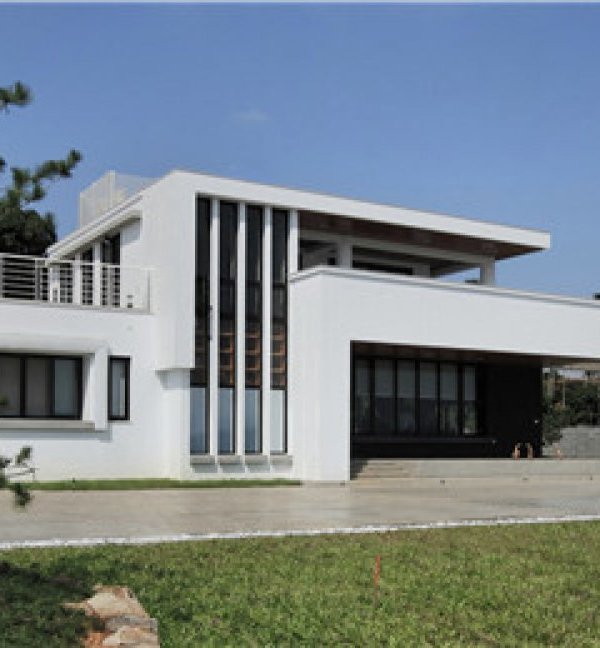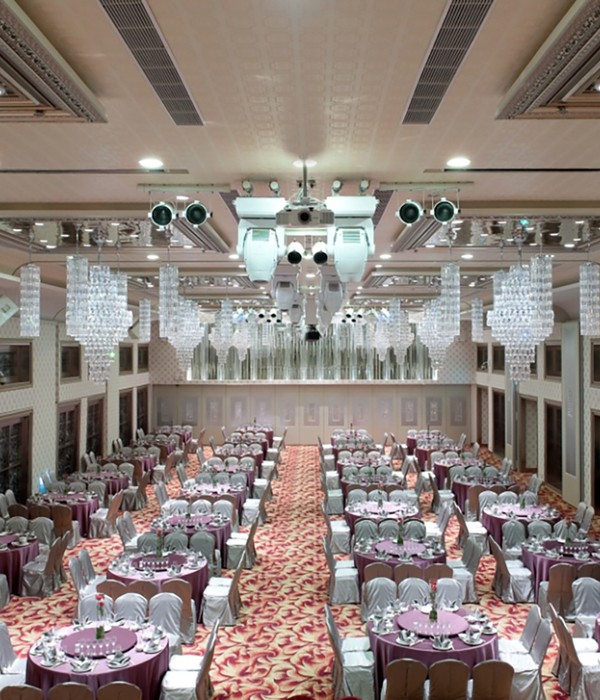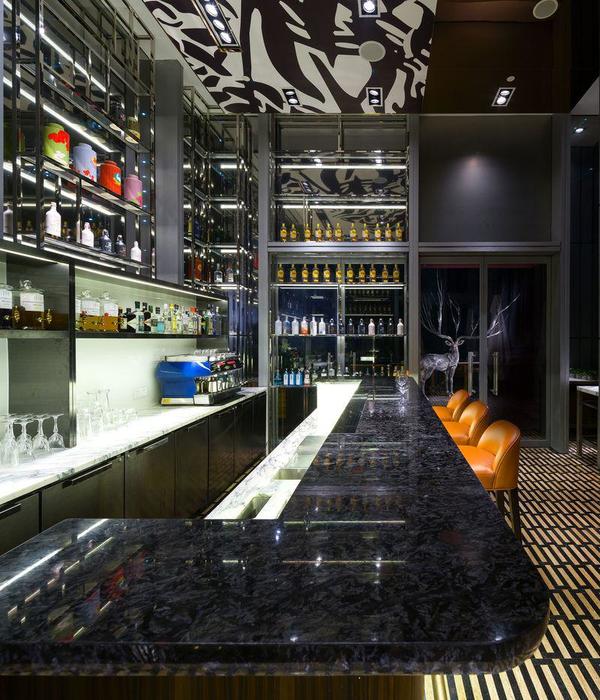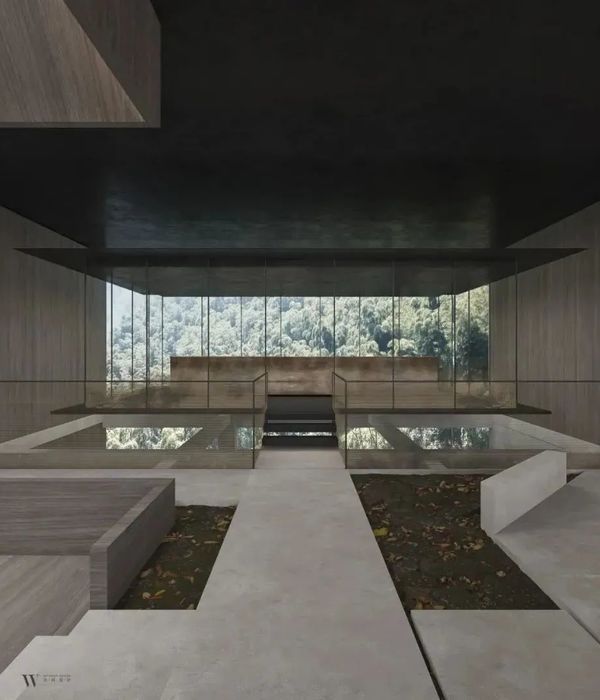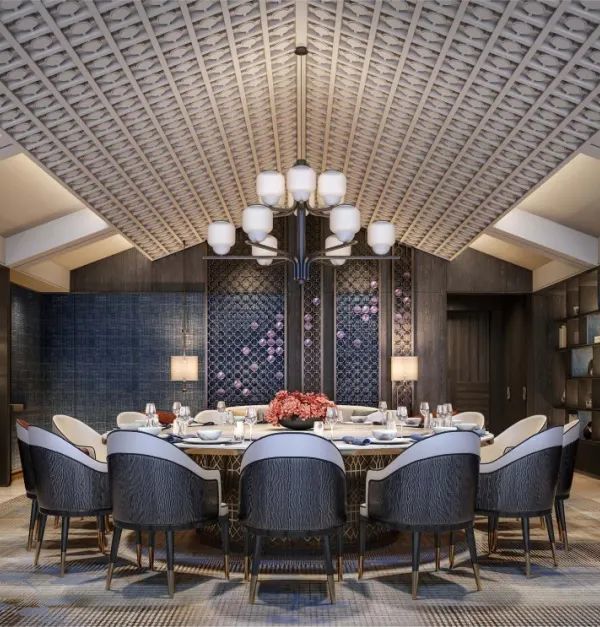Architects:Herzog & de Meuron
Area :22845 m²
Year :2017
Photographs :Iwan Baan
Manufacturers : horgenglarus, Laufen, AF New York, Argosy Designs, Beyond Concrete, Carvart, City Elevator, Direct Flooring, Hudson Machine Works, Intercom, Kingdom Associates, Long Island Fireproof Door, Roz-a-lite, ULE Group, Unlimited Stone Works, Veykohorgenglarus
Partner Architects : Jacques Herzog, Pierre de Meuron, Ascan Mergenthaler
Project Team : Hilip Schmerbeck, Yasmin Kherad, Jack Brough, Charles Stone
Design Team : Iwona Bogusławska, Marija Brdarski, Christopher Cornecelli, Martin Jonathan Raub, Katarzyna Billik, Alexandra Butterworth, Sara Jacinto, Martina Palocci, Catia Polido, Farhad Ahmad (Visualizations), Áron Lőrincz (Visualizations)
Executive Architect : Beyer Blinder Belle Architects and Partners LLP
Landscape Design Architect : Madison Cox
City : New York
Country : United States
215 Chrystie is located in the Bowery, the rapidly evolving cultural and artistic district in the center of Lower Manhattan. The site sits at the core of the block framed by Houston Street, Stanton Street, and the Bowery, deeply recessed from Chrystie Street. A heterogenic mix of buildings that vary significantly in age, use, architectural quality, as well as scale and proportion surround it. Across the road lies Roosevelt Park, a long and narrow stretch of green that is gaining back its recreational use. When we became involved with the project, the framework for the site had already been established. The building's mass and volume had been negotiated with the city and our task was to design a hotel with a residential component within strictly defined criteria. Our idea was to stack these two very distinct typologies on top of each other, on one hand, to express their difference, while on the other hand, to unify them within the same building skeleton. It was also our aim to complement them with a diverse mix of uses so that the building becomes like a city within the city.
The overall building proportions call for a slender residential tower that sits on a compact hotel volume. The structure of the building is pushed to the exterior and follows the grid of the large floor-to-ceiling window bays. This introduces depth to the façade on the exterior and liberates the interior from freestanding columns. Slabs and columns are directly expressed as raw concrete. The structural skeleton of the building defines the architecture of the building. To introduce a sense of scale and to further foster the expression of each individual floor, each column is slightly inclined. The prominent corner of the building facing Chrystie Street is where the two geometries of the inclined columns meet. Rather than giving one direction priority, the two directions are braided together. The result is a sculptural corner column that becomes the visual anchor for the entire building.
In the dense cluster of the hotel rooms, each room has one large window that sits in-between the columns and slabs. The windows are framed with polished aluminum and tilted towards the sky to create more space for the room and to increase the reflection of the sky in the glass. This improves the privacy for the hotel rooms and at the same time, the windows read like jewels that sit in a rough concrete skeleton. The hotel rooms, albeit quite small at 19m2/90 sqft, are conceived like miniature suites, with a bedroom, a livingroom with bench, table and chairs, a hallway and integrated bathroom to creat a generous living experience. The bed in its customized oak framing creates a room within the room. The main materials in the bathroom are reclaimed timber floors and raw concrete ceilings, and the sink area is defined by undulating fluted white-washed oak walls that are echoed in the custom-designed bench. Altogether, the restricted material palette of timber, concrete, and glass gives the space a sense of refinement.
For the facade, intensive investigations into formwork assembly and surface treatment reveal and pronounce the inherent material qualities of concrete. Its edges are sharp and precise, whereas the column surface copies the texture and veins of the brushed plywood formwork. In the public spaces, we used the same plywood as a cladding material for the ceilings, so as to have a connection between the concrete wall surfaces and ceilings. The escalator enclosure gives a dramatic welcome upon entering the building, its raw stainless steel tunnel with highly reflective inner surfaces lit in copper-colored light invites the visitor to journey upstairs to the hotel check-in area. In the tower facade, every second column is omitted, which is a direct result and expression of the structural forces that decrease at the top of the building. This strategy maximizes the views and transparency on all residential floors and the two last floors of the hotel, both with adjacent large open-air terraces. On all these floors, the windows are vertical and recessed within the concrete skeleton; therefore, they are less reflective and less visible. The building becomes lighter and filigreed against the sky.
Across the entire street frontage, an intimate private garden with trees and informal seating provides an oasis within the hectic life of the city. The garden is separated from the street by a dense green wall that acts as a physical barrier as well as a visual screen. Two concrete frames form entry portals into the garden, and from there to the hotel or the residencies, respectively.
▼项目更多图片
{{item.text_origin}}

